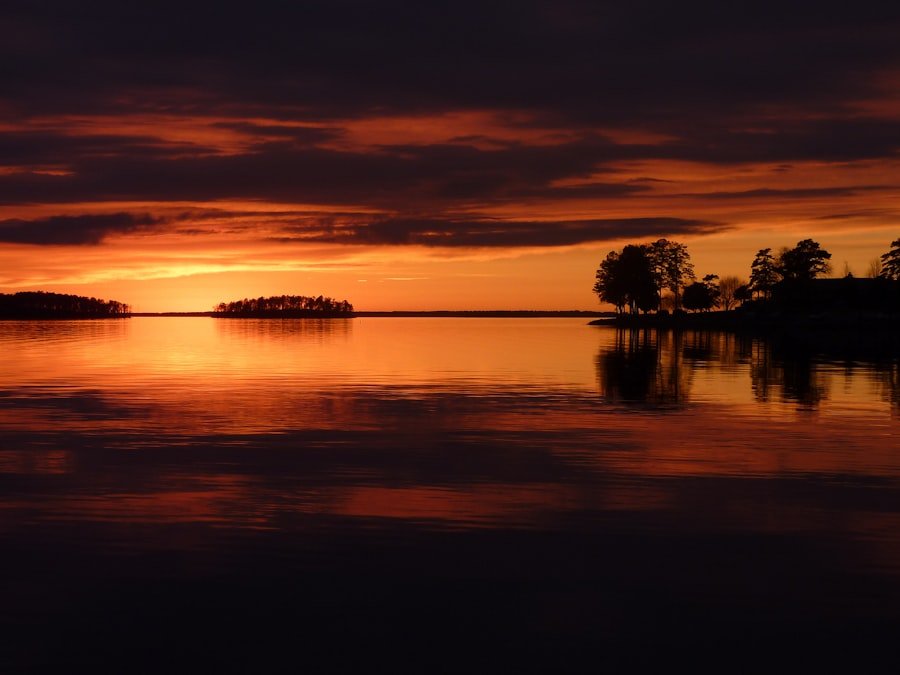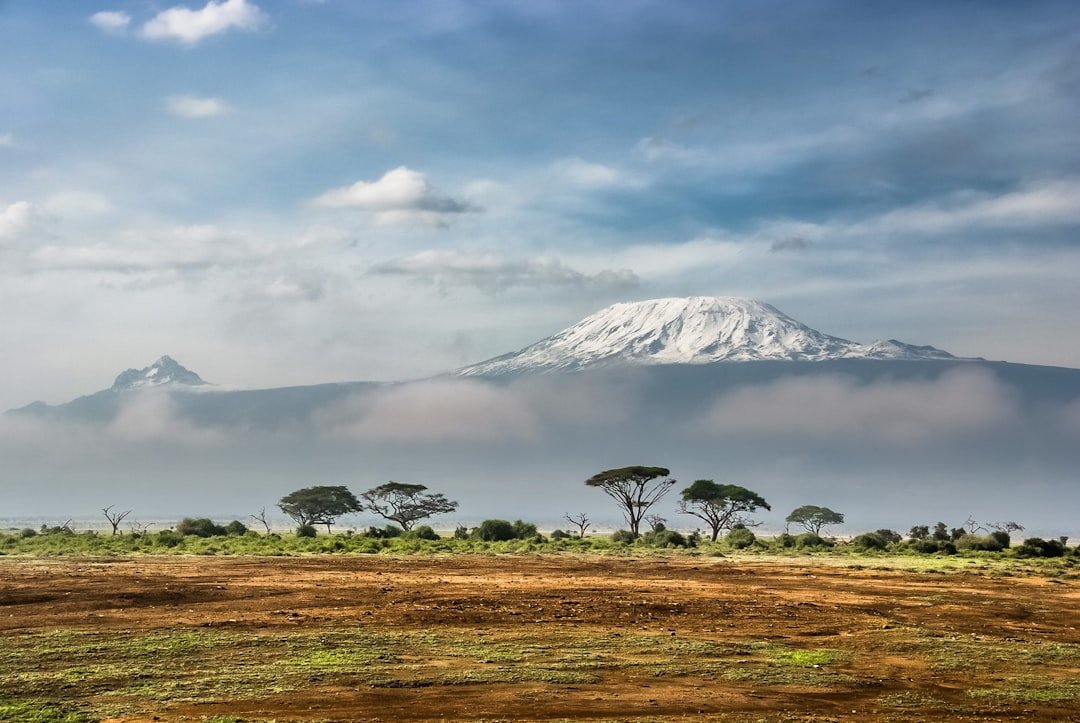Kenya, a country located in East Africa, is renowned for its diverse landscapes, rich cultural heritage, and abundant wildlife. Bordered by the Indian Ocean to the southeast, it shares its borders with Tanzania, Uganda, South Sudan, Ethiopia, Somalia, and the Democratic Republic of the Congo. The capital city, Nairobi, serves as a bustling hub of commerce and culture, while other cities like Mombasa and Kisumu offer unique coastal and lakeside experiences.
Kenya’s geography is marked by the Great Rift Valley, which runs through the country and is home to some of the most iconic national parks and reserves in the world. The nation is a melting pot of over 40 ethnic groups, each contributing to a vibrant tapestry of languages, traditions, and customs. Swahili and English are the official languages, but numerous indigenous languages are spoken throughout the country.
This cultural diversity is reflected in Kenya’s art, music, and cuisine, making it a fascinating destination for travelers seeking both adventure and cultural immersion. From the Maasai Mara’s rolling savannahs to the snow-capped peaks of Mount Kenya, the country’s natural beauty is as varied as its people.
Key Takeaways
- Kenya is a diverse and vibrant country located in East Africa, known for its stunning landscapes, rich wildlife, and vibrant culture.
- The climate in Kenya varies from region to region, with coastal areas experiencing hot and humid weather, while the highlands have cooler temperatures.
- The peak tourist seasons in Kenya are during the dry seasons, from July to September and from December to February, when wildlife viewing is at its best.
- Off-peak tourist seasons in Kenya occur during the long rains from March to May and the short rains from October to November, offering lower prices and fewer crowds.
- Kenya hosts a variety of special events and festivals throughout the year, including the Maasai Mara Wildebeest Migration and the Lamu Cultural Festival, showcasing the country’s diverse traditions and heritage.
Climate and Weather in Kenya
Seasonal Rainfall Patterns
The country experiences two main rainy seasons: the long rains from March to May and the short rains from October to December.
Regional Climate Variations
The coastal areas enjoy a humid tropical climate, while the central highlands have a more temperate climate with cooler temperatures. Nairobi, situated at an elevation of about 1,795 meters (5,889 feet), enjoys mild weather year-round, making it an attractive destination for visitors. In contrast, regions such as the northern deserts experience extreme temperatures, with scorching heat during the day and cooler nights.
Impact on Ecosystems and Tourism
The variation in climate across different regions allows for a wide range of ecosystems, from lush forests to arid savannahs. This climatic diversity not only influences the flora and fauna but also affects travel plans for tourists. Understanding the weather patterns is crucial for visitors looking to experience Kenya’s natural wonders fully.
Peak Tourist Seasons in Kenya

The peak tourist seasons in Kenya are primarily dictated by wildlife migration patterns and weather conditions. The months of July to October are particularly popular due to the Great Migration, when millions of wildebeest and zebras traverse the Serengeti in Tanzania and cross into the Maasai Mara in search of greener pastures. This spectacular event draws wildlife enthusiasts from around the globe who wish to witness one of nature’s most incredible phenomena.
During this time, national parks and reserves are bustling with tourists eager to catch a glimpse of predators like lions and crocodiles that follow the herds. Additionally, December through March is another peak season for tourism in Kenya. This period coincides with the dry season when wildlife congregates around water sources, making it easier for visitors to spot animals.
The warm weather during these months also attracts beachgoers to coastal destinations like Mombasa and Diani Beach. Accommodations tend to fill up quickly during these peak times, leading to higher prices for lodging and tours. Travelers planning their trips during these months should book well in advance to secure their desired experiences.
Off-Peak Tourist Seasons in Kenya
| Month | Visitor Numbers | Weather |
|---|---|---|
| January | Low | Hot and dry |
| February | Low | Hot and dry |
| March | Low | Hot and dry |
| April | Low | Hot and wet |
| May | Low | Hot and wet |
| June | Low | Cool and wet |
| July | Low | Cool and wet |
| August | Low | Cool and wet |
| September | Low | Hot and wet |
| October | Low | Hot and wet |
| November | Low | Hot and wet |
| December | Low | Hot and dry |
Conversely, off-peak tourist seasons in Kenya occur during the long rainy season from April to June and the short rainy season in November. While these months may deter some travelers due to potential downpours, they offer unique advantages for those willing to brave the elements. The landscapes become lush and vibrant, providing stunning backdrops for photography enthusiasts.
Additionally, wildlife viewing can still be rewarding during these times as animals are often more active in cooler temperatures. Traveling during off-peak seasons can also lead to significant cost savings. Accommodations and tour operators frequently offer discounts to attract visitors during quieter months.
This can result in a more intimate experience with fewer crowds at popular attractions. For example, visitors may find themselves alone on a game drive or enjoying a serene moment at a national park without the hustle and bustle typical of peak seasons. Those who appreciate solitude and natural beauty may find that visiting during these times enhances their overall experience.
Special Events and Festivals in Kenya
Kenya’s cultural richness is celebrated through various festivals and events throughout the year. One of the most notable is the Maasai Mara Cultural Festival held annually in August. This event showcases traditional Maasai dances, crafts, and cuisine, allowing visitors to immerse themselves in the vibrant culture of one of Kenya’s most famous ethnic groups.
The festival not only promotes cultural exchange but also supports local artisans by providing them with a platform to showcase their work. Another significant event is Jamhuri Day on December 12th, which commemorates Kenya’s independence from British colonial rule in 1963. Celebrations include parades, speeches by government officials, and cultural performances across the country.
Nairobi hosts one of the largest celebrations where citizens gather at Uhuru Park to enjoy festivities that highlight national pride and unity. These events provide travelers with an opportunity to engage with local communities and gain deeper insights into Kenya’s history and traditions.
Wildlife Migration in Kenya

The Great Migration is arguably one of Kenya’s most famous natural spectacles, drawing thousands of tourists each year eager to witness this extraordinary event. Occurring between July and October, this migration involves over two million wildebeest, zebras, and other herbivores moving from Tanzania’s Serengeti National Park into Kenya’s Maasai Mara National Reserve. The journey is fraught with challenges as these animals face predators like lions and crocodiles while crossing rivers teeming with danger.
The migration is not just a visual feast; it plays a crucial role in maintaining the ecological balance of the region. As these animals graze on grasses in one area, they help promote new growth while also fertilizing the soil with their droppings. This cyclical movement ensures that both flora and fauna thrive in tandem with one another.
For wildlife photographers and nature lovers alike, witnessing this migration offers an unparalleled experience that highlights the raw beauty of nature’s rhythms.
Travel Tips for Visiting Kenya
When planning a trip to Kenya, several practical tips can enhance your experience significantly. First and foremost, obtaining necessary vaccinations is essential before traveling. Vaccines for diseases such as yellow fever and hepatitis A are recommended based on your travel itinerary.
Additionally, malaria prophylaxis may be advised depending on your destination within Kenya. Consulting with a healthcare professional well before your trip can ensure you are adequately prepared. Another important consideration is transportation within Kenya.
While major cities like Nairobi have public transport options such as matatus (shared minibuses), renting a car or hiring a driver can provide greater flexibility for exploring remote areas or national parks. Many visitors opt for guided safari tours that include transportation as part of their package; this not only simplifies logistics but also enhances safety when navigating wildlife-rich regions. Cultural sensitivity is also paramount when visiting Kenya.
Engaging respectfully with local communities can enrich your travel experience immensely. Learning a few basic phrases in Swahili can go a long way in building rapport with locals. Additionally, dressing modestly—especially when visiting rural areas or religious sites—shows respect for local customs and traditions.
Kenya stands out as a premier travel destination that offers an extraordinary blend of natural beauty, rich culture, and unforgettable wildlife experiences. From its diverse climates that shape unique ecosystems to its vibrant festivals that celebrate its heritage, every aspect of this country invites exploration and discovery. Whether you are drawn by the allure of witnessing the Great Migration or seeking to immerse yourself in local traditions during cultural events, Kenya promises an adventure that resonates long after your visit has ended.
Traveling through this remarkable nation requires thoughtful planning and an appreciation for its complexities—from understanding peak seasons to navigating its varied landscapes. With proper preparation and an open heart, visitors can forge meaningful connections with both nature and people alike while creating memories that will last a lifetime.
If you are planning a trip to Kenya, it is important to consider the best time to visit in order to make the most of your experience. According to TakeTravelInfo, choosing the right travel guidebook can greatly enhance your trip by providing valuable information and insights. Additionally, packing essentials such as a scarf with a hidden pocket for storing valuables and a solar charger for backpacking can also make your journey more convenient and enjoyable.
FAQs
What is the best time to travel to Kenya?
The best time to travel to Kenya is during the dry season, which runs from late June to October. This is when the weather is mild and wildlife viewing is at its best.
What is the weather like in Kenya during the best time to travel?
During the dry season, the weather in Kenya is typically warm and sunny, with little to no rainfall. Temperatures can range from 70°F to 80°F during the day and drop to around 50°F at night.
What are the main attractions to visit in Kenya during the best time to travel?
During the best time to travel to Kenya, visitors can enjoy wildlife safaris in popular national parks such as Maasai Mara and Amboseli, as well as beach vacations along the coast of the Indian Ocean.
Are there any specific events or festivals to experience during the best time to travel to Kenya?
During the dry season, visitors can experience the Great Migration in Maasai Mara, where millions of wildebeest and other animals migrate in search of greener pastures. Additionally, the Maasai Mara Cultural Festival takes place in August and offers a unique cultural experience.
What should I pack for a trip to Kenya during the best time to travel?
It is recommended to pack lightweight and breathable clothing, as well as sunscreen, a hat, and insect repellent. Additionally, a good pair of walking shoes and a camera for wildlife viewing are essential.
